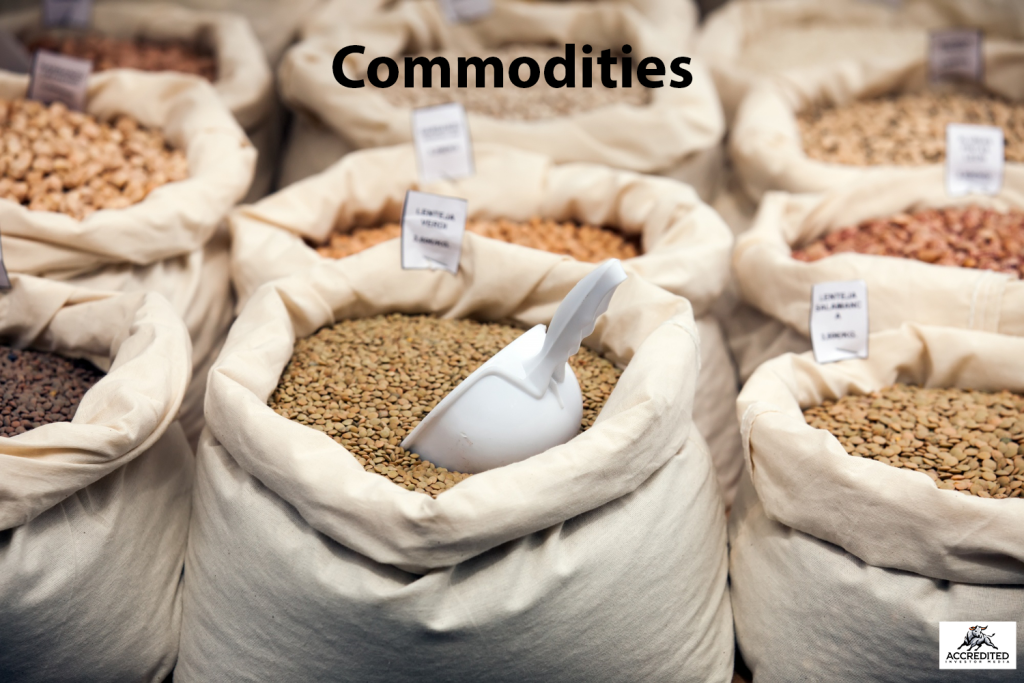
Accredited Risk Taker Investors Exploring High-Risk Investments:
In the sophisticated realm of investing, accredited investors often stand apart due to their financial acumen, higher risk tolerance, and access to exclusive investment opportunities. Among their preferred high-risk vehicles are derivatives and commodities-markets known for volatility but also potential outsized gains. These investors are drawn to instruments like futures, options, and swaps, as well as assets such as gold, oil, and agricultural products, to hedge portfolios or speculate on price movements. This article explores why derivatives and commodities appeal to accredited investors, the strategic advantages they offer, and the complexities involved in managing these dynamic investments.
High-risk investments offer the potential for substantial returns but come with elevated uncertainty, making them particularly appealing to accredited investors who meet specific income or net worth criteria. These investors often seek opportunities beyond traditional assets, embracing complex instruments like derivatives and commodities. Derivatives-such as options, futures, and swaps-derive their value from underlying assets and can be highly volatile. Commodities, including oil, gold, and agricultural products, are influenced by global supply-demand dynamics and geopolitical events. Evaluating these investments requires a deep understanding of the risk-reward tradeoff, as well as a clear assessment of one’s risk tolerance and overall financial strategy.
High-risk investments hold significant appeal for accredited investors, driven by both psychological inclinations toward risk-taking and strategic financial objectives. These investors often seek outsized returns and greater diversification, leveraging their sophisticated knowledge and access to exclusive opportunities. The pursuit of high-yield assets-such as venture capital, private equity, and complex derivatives-provides avenues for capital appreciation, inflation hedging, and portfolio enhancement. Derivatives, in particular, play a pivotal role in high-risk strategies. Instruments like options, futures, and swaps allow for leveraged exposure to asset classes, facilitating both speculation and risk mitigation. When executed properly, derivatives trading can magnify returns by capitalizing on market volatility and short-term price movements. However, it also carries notable risks, including liquidity constraints, counterparty defaults, and amplified losses. Accredited investors often employ advanced strategies such as spread trades, straddles, or options writing to manage these risks while positioning for profit. Understanding both the rewards and the complexities of these instruments is essential for success.
Investing in commodities presents both compelling opportunities and substantial risks, making robust risk management essential. High-risk commodities-such as crude oil, natural gas, and precious metals-are influenced by a complex interplay of geopolitical events, weather patterns, and macroeconomic indicators. Effective hedging strategies, including the use of derivatives like futures, options, and swaps, can help mitigate exposure to price volatility. Understanding the fundamentals of commodities trading and the distinctions between sectors-energy, metals, and agriculture-is critical. Investors often gain exposure through direct physical holdings, exchange-traded products (ETPs), or professionally managed commodity funds. Key risk management techniques include conducting detailed due diligence, evaluating market trends, and analyzing the historical performance of asset classes. Assessing counterparty risk, ensuring regulatory compliance, and diversifying within a portfolio are also crucial to long-term success. A well-structured commodities investment strategy balances the potential for inflation protection and global diversification with disciplined oversight of liquidity, leverage, and market timing.
Diversification across asset classes-such as equities, fixed income, real estate, and commodities-remains a foundational strategy for mitigating portfolio risk while enhancing potential returns. Implementing well-defined risk management parameters, including position sizing and automated stop-loss mechanisms, helps protect capital during volatile market conditions. Continuous monitoring and strategic rebalancing ensure portfolios remain aligned with investment objectives and market developments. High-risk investments, including derivatives and commodities, are particularly attractive to accredited investors who possess the experience, capital, and risk tolerance to pursue higher-yielding opportunities. By leveraging their access to sophisticated tools and deep market insights, these investors can navigate complex instruments while optimizing return potential within a well-managed framework.
Derivatives are sophisticated financial instruments that enable accredited investors to capitalize on market movements with heightened precision and control. By leveraging options, futures, swaps, and other contracts, investors can pursue both speculative strategies for profit and hedging tactics to safeguard against adverse price fluctuations. These instruments provide amplified exposure to underlying assets, offering the potential for significant gains. However, successful derivatives trading requires careful attention to factors such as counterparty risk, margin requirements, contract liquidity, and regulatory oversight to ensure informed decision-making and prudent risk mitigation.
Commodities, recognized as high-risk assets, offer accredited investors a strategic avenue for portfolio diversification, inflation hedging, and enhanced exposure to global macroeconomic shifts. Investors may engage through direct ownership of physical commodities, or more commonly, via exchange-traded products, commodity futures, and actively managed funds. These instruments provide access to dynamic markets driven by supply-demand imbalances, geopolitical events, and seasonal cycles. However, the inherent volatility, potential illiquidity, and leverage risks necessitate a disciplined investment approach supported by thorough research, risk assessment, and a clearly defined portfolio allocation strategy.
Effectively managing the risks inherent in high-risk investments requires a disciplined and comprehensive approach. Thorough risk assessment and due diligence are foundational, involving in-depth analysis of asset classes, evaluation of historical performance, and close monitoring of current market conditions. Equally important is scrutinizing the financial stability and regulatory standing of counterparties and brokers. Establishing clear risk parameters-such as stop-loss limits, position sizing, and scenario analysis-helps contain downside exposure. Strategic diversification across sectors, geographies, and instruments further reduces concentration risk. Ongoing portfolio review and dynamic rebalancing ensure alignment with evolving market trends and investment objectives.
In conclusion, high-risk investments-especially in derivatives and commodities-can provide accredited investors with exceptional return potential, inflation hedging, and enhanced portfolio diversification. However, success in these markets hinges on a thorough understanding of asset behavior, volatility patterns, and market drivers. Investors must adopt comprehensive risk management frameworks, including position sizing, hedging techniques, and rigorous due diligence on counterparties and instruments. By integrating disciplined strategies with ongoing market analysis and a strong grasp of global economic forces, investors can confidently pursue high-risk opportunities while mitigating exposure to adverse outcomes.
